The beautiful, discreet enclaves where the super-rich congregate
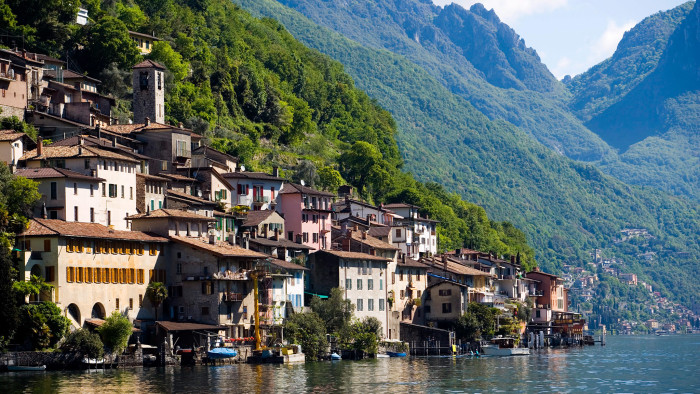
Simply sign up to the Life & Arts myFT Digest -- delivered directly to your inbox.
Between the ocean and mountains of California’s Santa Barbara County sits Montecito, a small, beautiful bubble of wealth with an old world charm that is home to Hollywood stars and some of America’s most expensive properties.
Among its 9,000 residents, there is a small group that gets together at the same time and place each week and is known locally as “the billionaires’ breakfast club”. There is little for sale under $7m in prime Montecito, according to Christie’s International Real Estate (CIRE), and large estates can cost up to $40m.
One property for sale is El Fureidis (“tropical paradise”), an estate once owned by the author Thomas Mann, who hosted parties there attended by Winston Churchill and Albert Einstein, and which featured in the 1983 film Scarface. The four-bedroom house has been recently renovated and there are extensive landscaped gardens, an orchard and a pool. It is priced at $35m through CIRE.
Yet demand for property in Montecito is almost entirely domestic, whether from titans in LA’s entertainment industry or the super-rich from Texas. “The foreign buyer likes big cities and more choice. They have just not discovered Montecito yet,” says Montecito-based estate agent Rebecca Riskin from Riskin Associates.
The combination of a small community with a large proportion of wealthy residents, a beautiful location, expensive property and a variety of high-end leisure activities makes Montecito the ultimate “jewel box market”, according to CIRE, which has identified a number of these markets around the world. “Beyond the prime residential markets such as London and New York, and signature destinations such as Marbella or the Cote d’Azur, there are localised clusters of wealth that get overlooked,” says Joachim Wrang-Widén, a senior vice-president at CIRE.
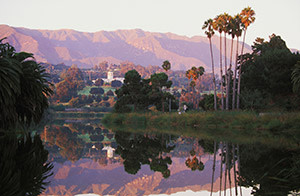
Joining Montecito on the list of such places, which Savills has described as “luxury leisure enclaves”, is Jackson Hole in Wyoming. The mountain resort is as attractive for its fiscal breaks (residents are exempt from paying almost every income and property tax) as its bucolic lifestyle, which has attracted the likes of Microsoft co-founder Paul Allen and Hollywood actor Harrison Ford.
Julie Faupel, of Jackson Hole Real Estate Associates, says that $3m – CIRE’s benchmark price for a high-end property – will buy a 3,700 sq ft ski retreat in Teton Village. Alternatively, 30 minutes’ drive away is Huntsman Springs, a new 1,350-acre golf resort community founded by the billionaire businessman and philanthropist Jon Huntsman. Prices for upmarket lodges start from $1.39m.
As is typical of such places, where new-build property is strictly limited and homes are often handed down rather than sold, Jackson Hole has a shortage of stock thanks to its long-established reputation. “None of these jewel boxes are emerging destinations. They are old money hubs that go off the radar for a while then pop back again among a new generation – and Jackson Hole is currently going full steam,” says Wrang-Widén.
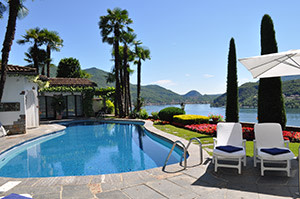
As featured in last week’s issue, Sylt, a long sand spit dubbed the “Hamptons of Germany”, is another such enclave. The island has a 15,000-strong population that is regularly boosted by wealthy second-home owners who commute from Hamburg or Bremen, and is home to a handful of Michelin-starred restaurants and golf courses. Despite there being little property for sale, Sylt has 70 estate agents to fight over its coveted thatched beachfront houses, which can fetch up to €35,000 per sq metre.
Such wealthy enclaves invariably come at a high price. In the lakeside town of Lugano, Switzerland, you will need $5m to enter the echelons of high-end living. The appeal of Lugano, says Wrang-Widén, is “Swiss efficiency combined with Italian flair”. Knight Frank is selling an estate in Morcote, near Lugano, with a six-bedroom house overlooking the lake that comes with a pool and boathouse, for SFr10.85m ($12.06m).
The benefits of being part of such a community are low crime rates and no paparazzi, litter or public drunkenness. This kind of “manicured environment”, as Wrang-Widén puts it, is epitomised by the Belgian resort of Knokke-le-Zoute, where residents often travel by golf buggy along a high street lined with Prada and Chanel stores.
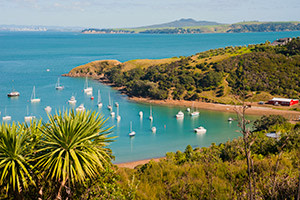
Property markets such as Lugano also offer tax perks, “but that’s not just about being able to save on tax. It’s about having on-tap access to the best lawyers, wealth advisers and private banks,” says Wrang-Widén.
Social networking is also crucial to the appeal of these wealthy enclaves. Yolande Barnes, Savills’ director of world research, says that being able to surround oneself with like-minded people is a big selling point for ultra high net worth individuals (people with more than $30m in assets).
“These getaways are hard to spot as each is so different and they tend to be places that have some meaning to buyers and unique residences,” says Barnes. “Others include New Zealand’s Waiheke Island and the Brazilian beachfront village of Trancoso. A coastal or riverside setting and rich cultural or historical heritage are common traits. The ultimate jewel in the box is Venice for its rarity appeal of having a villa you approach by gondola. Dubrovnik also has a rarity value and, when Castro goes, Havana will be another of these wealthy playgrounds,” adds Barnes.
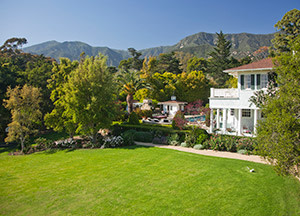
Despite their prestige and lack of stock, such markets have not been immune to the global downturn. Sylt is one exception, with locals complaining that rising prices triggered by wealthy holiday-home buyers are forcing them to leave the island, but similar enclaves typically saw prices fall by 20 to 40 per cent after 2008.
La Jolla, California’s other wealthy enclave to make the list, is “still a spotty market, heavily weighted by local buyers”, according to Andrew Nelson of Willis Allen Real Estate. A new four-bedroom, 6,300 sq ft, minimalist-style house on La Jolla’s popular oceanfront street, Camino de la Costa, is on the market for $15.5m through Willis Allen Real Estate.
Another hotspot, Sarasota in Florida, has bounced back to near pre-recession levels, with $1m-plus properties having risen in value by 15 per cent in the past 12 months, according to Michael Saunders of Michael Saunders and Company.
Al Horrigan, of RSVP Associates, attributes Sarasota’s recovery to US cash-buyers moving to Florida. “British and European buyers are slower in coming back,” he says. Among the developments attracting interest is VUE Sarasota Bay, which has a prime waterfront location and two-bedroom apartments priced from $800,000 with Michael Saunders. Through the same agent, a two-bedroom suite at Ritz-Carlton Residences costs $1.2m. And, on the barrier island of Longboat Key just off Sarasota, a three-bedroom beach house is being marketed by RSVP Associates for $979,000.
Perhaps what is most appealing about these places is that they are discreetly upmarket. Rather than boasting about their assets, they take as much pride in what they don’t offer. Which takes us back to Montecito. “It’s not a buzzing metropolis, nor is it near an international airport. We don’t have the nightlife or shopping options,” says Riskin. Still, there is no lack of Americans happy to pay $10m for a house there.
Comments